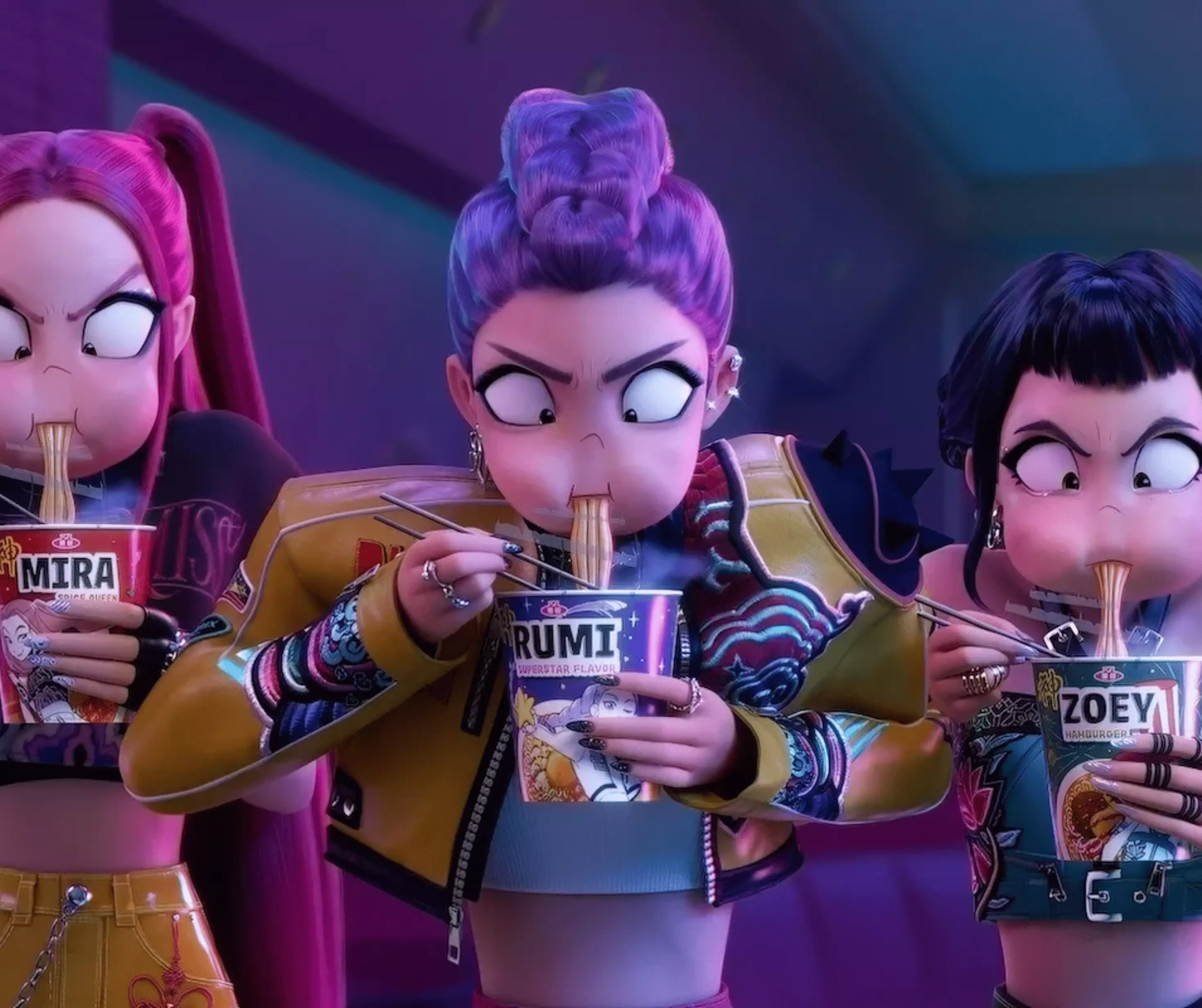The widespread frustration stems from games being removed from storefronts and access being revoked post-purchase. This is not a marginal issue; rather, it indicates an evolution in consumer expectations. Trust is no longer established solely through assurances. Instead, it is cultivated through continuous access, accountability, and a well-defined strategy for a product's entire lifecycle.
The Fracture Between Hype and Permanence
Momentum has always been crucial for launch cycles, from countdowns and early access to sponsored streams. However, marketing now requires more than just hype-building. Players, consumers, and creators demand assurance that their time, purchases, and memories are valued.When games vanish from libraries, they are not merely erased from hard drives; they disappear from culture. This ripple effect impacts brand equity, community trust, and even the future of IP reuse, rendering every campaign, post, and asset associated with that experience meaningless.
This is a Product Strategy Problem Disguised as a Licensing Problem
Removing games from digital stores, often justified by expiring rights, actually reflects a shortsighted approach. When a studio deletes a title after just five years, it eliminates the potential for future remasters, sequels, fan creations, and cycles of rediscovery.This short-term thinking directly impacts cultural memory and product design. An unplayable franchise inevitably sees its audience shrink, which in turn diminishes all related opportunities. This includes merchandise, adaptations, revival campaigns, anniversary editions, social content, and cross-media partnerships, effectively breaking the entire marketing funnel.
Games Carry Culture
A game's life extends far beyond its credits. It becomes a vital part of a broader cultural ecosystem, inspiring streamers to build channels, modders to expand mechanics, and fans to create stories, art, and remixes. This content continues to circulate within communities and across platforms, long after the initial sales window.However, when a game vanishes, this interconnected network begins to unravel. Creative momentum falters, and player trust diminishes. Each removal prompts users to question the stability of their digital libraries, the future of franchises, and the true value of their digital purchases. The repercussions of such actions extend beyond a single title, influencing how audiences will perceive and respond to future releases.
Marketing Cannot Shield a Vanishing Product
Building buzz for a product through compelling trailers, creative copy, influencer collaborations, and seasonal releases can create significant momentum. However, this energy quickly dissipates, discovery stalls, and community interest wanes if the product is no longer available months later.The disappearance of a title creates a cascade of marketing challenges: links break, product pages redirect, and press coverage becomes obsolete. Nostalgia campaigns lose their foundation, and marketing assets tied to the experience become irrelevant the moment access is removed.
Ultimately, this is a marketing issue stemming from product policy. Every decision to remove content eliminates future opportunities to build upon it.
Platforms Are Becoming Libraries
Digital platforms (streaming services, app stores, game launchers, and branded ecosystems) function as dynamic archives. Users frequently visit these spaces for comfort, exploration, and revisiting past content. These platforms significantly influence user behaviour and determine what content is retained in memory.The removal of titles from a platform diminishes more than just its catalogue; it erodes the platform's relevance. Users detect these omissions, fostering caution and reluctance to engage with a platform that no longer appears reliable.
Robust platforms are established through steadfastness. Instead of deleting content, a superior approach involves curation. Platforms should retain content that garners attention and encourages ongoing engagement, enabling users to forge a lasting connection with consistently available material.
What Marketers Should Be Asking
This movement functions as a turning point. It pushes every studio, platform, and creative team to ask sharper questions:- How long will your audience be able to access what you've built?
- What will your product look like in five years?
- Which assets will remain usable for marketing?
- What becomes of community-generated content when the game vanishes?
- How will your campaign contribute to lasting cultural relevance?
Preservation Is the New Distribution
Marketers must focus on legacy, not just launches. Evergreen content requires evergreen access, and IP growth hinges on continuity. The relevance of a back catalogue and the stability of community memory both depend on preservation.Games that remain playable a decade after release continue to sell, stream, and trend, becoming cultural anchors.
This principle extends beyond video games to any digitally delivered product, including music, film, virtual fashion, branded experiences, AI-generated content, and digital collectables. If digital access vanishes, so too does value.
What Comes Next
Though the "Stop Killing Games" movement may not achieve a definitive legal outcome by its July deadline, it has already reshaped public expectations. Consumers are now seeking ownership, audiences anticipate reliability, and creators desire sustained support for their work well beyond initial launch.Platforms and publishers that embrace these shifts will tap into a new form of marketing strength, characterised by continuity, supported by a strong cultural presence, and accumulating value over the years rather than merely quarters.
At Marketing Assistants, we help brands, platforms, and creative teams future-proof their campaigns. We design marketing strategies that account for the full lifecycle of a product, not just the first push. If you’re ready to build engagement that lasts, we’re here to help.
Let’s protect the shelf life of your work. Let’s build marketing that lives on. Chat with us now to get started.



